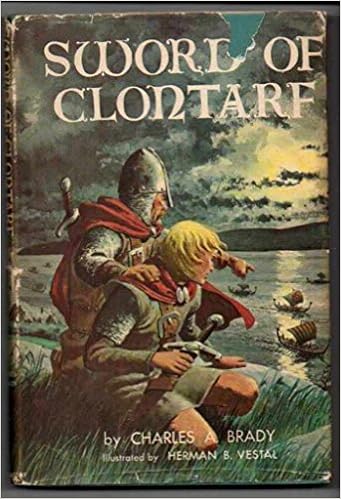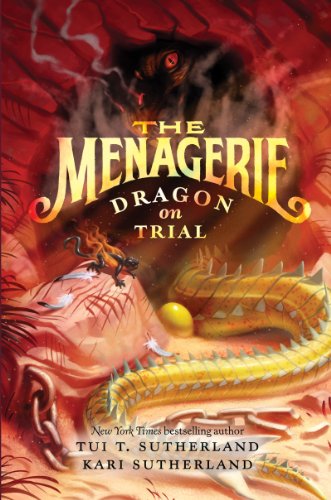From the Wild West to the East Coast, the Mithril Guardian has your back, readers! Today’s novel is a children’s book written by Andre Norton, the Grande Dame of Science Fiction. Part of her “Magic” series, a set of books which focused on youngsters learning more about the world at the same time they begin to find their place in it.
Since each book in the series is only related by these criteria, there is no “proper” way to read them. Octagon Magic may be read first, last, or in-between. There is no need to worry about missing something important because, in this case, there is nothing important to miss.
Octagon Magic begins with Lorrie Mallard walking home from school. Having recently arrived from Canada, after her parents died in a plane crash, Lorrie lived with her grandmother. But when the matron of her family had to have an operation, she could no longer live on her own or care for Lorrie. So she has gone to England to stay with a friend while she recovers from her surgery. Thus Lorrie has been sent to live in America with her Aunt Margaret.
The adjustment has not been pleasant. Aunt Margaret has to work most of the week, so her niece is often left to her own devices during the day. Add to this the fact that Lorrie’s knowledge of Canadian history and lessons in courtesy at an all-girls’ school clash with the American curriculum and manners, and you have a recipe for trouble. Three boys – partners in crime and mischief – have taken to following Lorrie home singing, “Canuck, Canuck, walks like a duck!”
Unable to go to her busy aunt for comfort and unwilling to make friends with whom she could commiserate, Lorrie can only walk home while fighting the urge to cry. On her way she passes an old, old residence known to the local children as “the witch’s house.” It is, in fact, a colonial domicile designed on an octagonal floor plan, much like Thomas Jefferson’s Monticello.
Curious – and desperate to get away from the boys – Lorrie goes down the alley that leads to the Octagon House. While there she finds a statue of a stag overgrown by lichen. She has not spent more than a few minutes admiring both the statue and the house when she hears the boys in pursuit of new prey.
Drawn out of the alley by their cries, Lorrie discovers the three are tormenting a kitten with a stick. The desperate little creature escapes them and claws its way up the girl’s clothes, where it does its best to hide inside her windbreaker. The boys’ leader, Jimmy Purvis, demands she turn the animal over to him.
Frightened by his unpleasant smile, but unwilling to hand over the kitten, Lorrie does the only sensible thing she can do. She turns tail and runs straight toward the Octagon House. Although the building is surrounded by a wrought-iron fence Lorrie is able to scale it with relative ease, having climbed trees frequently in Canada.
Once inside the grounds the kitten escapes from her windbreaker and runs away. Worried that the cat might double back to the boys and be trapped by again, the young rescuer follows swiftly. Instead of returning to the street, however, the kitten leads its new friend right up to the front door of the house.
An old, old black woman opens the door as soon as Lorrie arrives. This allows the kitten to enter the safety of the house, though it stays near the maid and meows as she greets the girl. The woman, who identifies herself as Hallie, thanks Lorrie for saving the kitten, which she identifies as Sabina.
Hallie kindly lets Lorrie out, but not before explaining that she isn’t “the old witch” the neighborhood children mean when they shout at the house and dare one another to knock on the door. That would be Miss Ashmeade, the owner of Octagon House. Later, while she waits for Aunt Margaret to return from work, Lorrie wonders about the strange old house and its occupants….
And that is as much as I am telling you, readers! If you want to know more, check out Octagon Magic at your earliest opportunity. The writing is good, the story fantastic, and the characters are well-drawn. This is a book anyone, no matter what their age, can enjoy.
‘Til next time!
The Mithril Guardian




















